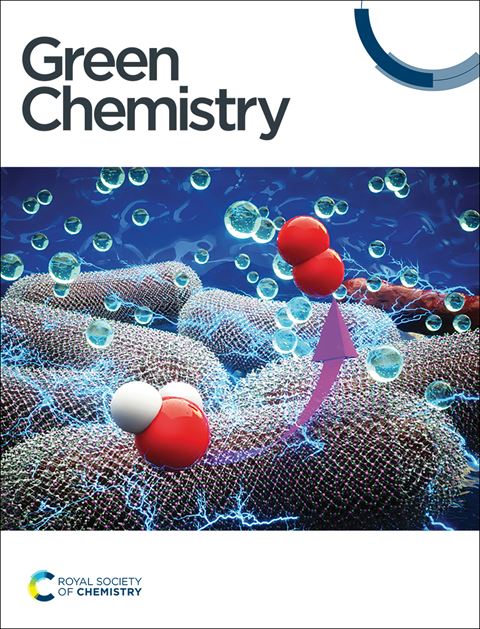Technological advances in ligninolytic enzymes for the biological valorization of lignin
IF 9.3
1区 化学
Q1 CHEMISTRY, MULTIDISCIPLINARY
引用次数: 0
Abstract
Lignin is a promising renewable aromatic resource with significant potential for conversion into high-value products, making it a key component in advancing biorefinery processes and supporting the bioeconomy. However, its structural heterogeneity and macromolecular complexity pose major challenges to its biological valorization. This work focuses on advancing the bio-depolymerization of lignin into highly bioavailable derivatives for downstream bioconversion by exploring cutting-edge technologies for the screening and modification of ligninolytic enzymes. Key enzymes involved in both extracellular depolymerization and intracellular transformation of lignin serve as critical targets for advancing its biological valorization. A range of state-of-the-art technologies can be employed for high-throughput screening of efficient ligninolytic enzymes or bacteria, thereby enriching the pool of available biocatalysts. Protein engineering offers a powerful approach for developing artificial enzymes with industrial production advantages. Additionally, artificial intelligence provides valuable strategies for designing and modifying ligninolytic enzymes. Overall, the interdisciplinary application of these advanced technologies is instrumental in propelling lignin biological valorization to a more sophisticated stage of green development.
木质素生物价值化木质素分解酶的技术进步
木质素是一种很有前途的可再生芳香资源,具有转化为高价值产品的巨大潜力,是推进生物炼制工艺和支持生物经济的关键组成部分。然而,其结构的异质性和大分子的复杂性对其生物增值构成了重大挑战。本研究的重点是通过探索木质素降解酶的筛选和修饰的前沿技术,推进木质素的生物解聚为下游生物转化的高生物利用度衍生物。参与木质素胞外解聚和胞内转化的关键酶是促进其生物增值的关键靶点。一系列最先进的技术可以用于高通量筛选有效的木质素分解酶或细菌,从而丰富可用的生物催化剂池。蛋白质工程为开发具有工业化生产优势的人工酶提供了有力途径。此外,人工智能为设计和修饰木质素降解酶提供了有价值的策略。总的来说,这些先进技术的跨学科应用有助于推动木质素生物增值到一个更复杂的绿色发展阶段。
本文章由计算机程序翻译,如有差异,请以英文原文为准。
求助全文
约1分钟内获得全文
求助全文
来源期刊

Green Chemistry
化学-化学综合
CiteScore
16.10
自引率
7.10%
发文量
677
审稿时长
1.4 months
期刊介绍:
Green Chemistry is a journal that provides a unique forum for the publication of innovative research on the development of alternative green and sustainable technologies. The scope of Green Chemistry is based on the definition proposed by Anastas and Warner (Green Chemistry: Theory and Practice, P T Anastas and J C Warner, Oxford University Press, Oxford, 1998), which defines green chemistry as the utilisation of a set of principles that reduces or eliminates the use or generation of hazardous substances in the design, manufacture and application of chemical products. Green Chemistry aims to reduce the environmental impact of the chemical enterprise by developing a technology base that is inherently non-toxic to living things and the environment. The journal welcomes submissions on all aspects of research relating to this endeavor and publishes original and significant cutting-edge research that is likely to be of wide general appeal. For a work to be published, it must present a significant advance in green chemistry, including a comparison with existing methods and a demonstration of advantages over those methods.
 求助内容:
求助内容: 应助结果提醒方式:
应助结果提醒方式:


